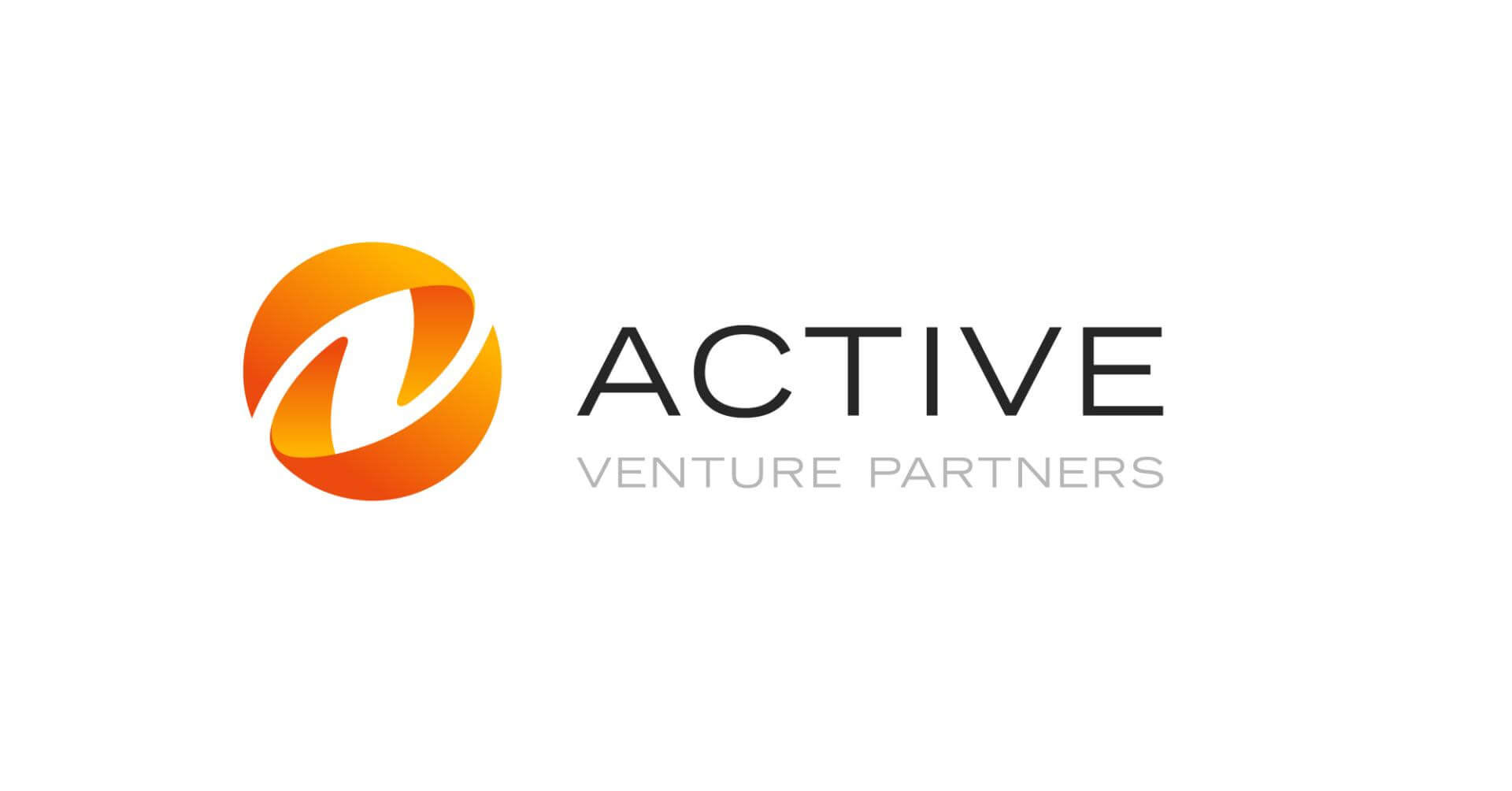
Big moments in life require a purposeful plan toward saving money. This is true whether you’re hoping to purchase a home, plan a big wedding, send your kids to college, or retire early.
However, it’s not as easy as simply putting money aside. If your savings aren’t earning any interest, you’re not only missing out on an opportunity to make more money but you are, in fact, also losing it due to inflation.
The trick is to find the right balance between risk and interest-earning potential. In particular, you want to choose a low-risk option that will yield a substantial return over time. Fortunately, there are many options that offer exactly that. Here are the pros and cons of the four major low-risk options:
1. Education Accounts
The most popular payment option for post-secondary education expenses is a 529 savings plan. These tax-advantaged savings plans can be opened on behalf of the beneficiary (college-bound teens) — and anyone can contribute to it. However, the account owner — not the beneficiary — ultimately retains control over the funds.
- Pros: The 529 savings plan involves fairly low maintenance and is easy to set up. There are no contribution or high aggregate limits, and contributions are considered gifts to the named beneficiary. The income grows tax-deferred, and distributions are tax-free — as long as they’re used to cover qualified education expenses.
- Cons: If the distributions aren’t qualified, they will incur an income tax, as well as a 10% penalty (there are a few exceptions, though). Investment options included in the 529 plan are limited to a static portfolio that should reduce the risk. Account fees can vary significantly, so make sure to choose a low-cost 529 plan that will cover your family’s specific needs.
2. Standard Brokerage Accounts
This type of account offers a wide portfolio of investment opportunities, such as stocks, bonds, mutual funds, and more. Brokerage accounts are subject to taxes, and you must be age 18 or older and have a Social Security number or tax ID to own one. This is a good choice if you plan to save for more than five years.
- Pros: You can open a brokerage account as an individual or share it with a spouse or a relative. There’s no limit on contributions, and you’re free to withdraw your money at any time.
- Cons: Ultimately, you’ll need to pay taxes on the interest or dividends your portfolio earns, as well as any gains made by selling your assets.
3. Retirement Accounts
Similar to standard brokerage accounts in terms of investment opportunities, retirement accounts differ in taxation and withdrawal conditions. The most popular retirement accounts are traditional IRAs and Roth IRAs. Some companies offer 401(k) investment opportunities, in which your employer matches any contributions you make up to a certain amount; it’s usually 5%. To qualify for an IRA, you have to have earned an income.
- Pros: The greatest benefit of IRAs is that your funds grow tax-free. Plus, traditional IRA contributions are tax-deductible. Of course, there are some limitations to this rule, so make sure to research them.
- Cons: Contributions to an IRA are limited, and your money will be tied down until you reach retirement age — unless you’re willing to pay a penalty to access these funds early. There are some exceptions to early withdrawals. After age 72, you’ll have mandatory withdrawals with high penalty fees if you don’t utilize them (50% + taxes).
4. Children’s Investment Accounts
Each of the previous options requires that the owner is age 18 or older. However, there are also a few options for custodial accounts that can be owned by minors.
The two main types of children-owned accounts are custodial brokerage accounts and custodial IRAs. Assets in custodial brokerage accounts can be typical investments (i.e., stocks, bonds, cash, etc.) or even tied to real estate. Once placed into the account, the funds cannot be transferred to another beneficiary, but they can be used for any purpose.
Conversely, children are eligible to open a Roth or traditional IRA if they’ve earned an income through a custodial IRA. The funds are not taxable, and there are no withdrawal penalties.
- Pros: These types of accounts are easy to set up, and there are no income or contribution limits. There are also no penalties for early withdrawals and no restrictions on how the funds should be used. The income is taxed at child rates and the contributions are tax-deductible.
- Cons: Custodial accounts count as a child’s asset, so they might not be eligible for financial aid such as student loans or grants. And once the child owning the account becomes an adult, they will be liable for taxes on income gained at the regular tax rates.
Choose the Right Investment Savings Account for Your Needs
Finding the best savings options that fit your circumstances may not be limited to one type of investment account. In fact, you may decide to split your savings into short-term and long-term options, giving you more flexibility to save for goals you’re anticipating in the next few years. Once you’ve assessed all your available options, you’ll gain greater clarity on the best route to guide you and your family toward financial freedom.

























